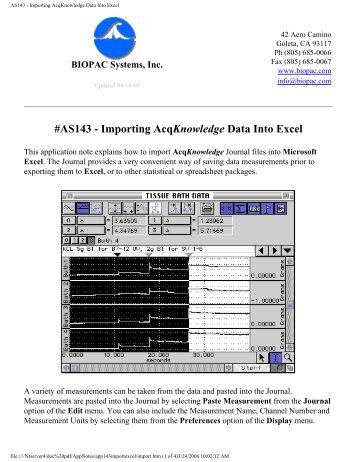
Xl2qif Excel 2010
Visit the XL2QIF website (see Resources) and download the XL2QIF Excel Add-In Version 1.1. Unzip the files using an unzipping program and install the program. The program acts as an add-in to Microsoft Excel and it will create a new menu item labelled 'XL2QIF.' Open Microsoft Excel and click on the menu. An XLS file is the native spreadsheet file type for versions of Microsoft Excel prior to. Download and install the free XL2QIF Excel add-on from Chez-Alice (See.
By Formulas are the real workhorses of an. If you set up a formula properly, it computes the correct answer when you enter it into a cell. From then on, it keeps itself up to date, recalculating the results whenever you change any of the values that the uses. You let Excel know that you’re about to enter a formula in the current cell by entering the equal sign (=). Some formulas follow the equal sign with a built-in function such as SUM or AVERAGE. Many simple formulas use a series of values or cell references that contain values separated by one or more of the following mathematical operators: This Mathematical Operator... Is Used For + (plus sign) Addition – (minus sign or hyphen) Subtraction * (asterisk) Multiplication / (slash) Division ^ (caret) Raising a number to an exponential power For example, to create a formula in cell C2 that multiplies a value entered in cell A2 by a value in cell B2, enter the following formula in cell C2: =A2*B2 To enter this formula in cell C2, follow these steps: • Select cell C2.
• Type the entire formula =A2*B2 in the cell. • Press Enter. To start the formula, type =, and then select cell A2. • Type * (Shift+8 on the top row of the keyboard). • Select cell B2 in the worksheet by using the mouse or the keyboard.
This action places the cell reference B2 in the formula. • Press Enter. Excel displays the calculated answer in cell C2 and the formula =A2*B2 in the Formula bar.
If you select the cell you want to use in a formula, either by clicking it or by moving the cell cursor to it, you have less chance of entering the wrong cell reference. Now comes the fun part: After creating a formula that refers to the values in certain cells (rather than containing those values itself), you can change the values in those cells, and Excel automatically recalculates the formula, using these new values and displaying the updated answer in the worksheet. Using the example shown in the figures, suppose that you change the value in cell B2 from 100 to 50. The moment that you complete this change in cell B2, Excel recalculates the formula and displays the new answer, 1000, in cell C2. Did this glimpse into Excel formulas leave you longing for more information and insight about Microsoft’s popular spreadsheet program? You’re free to test drive any of the For Dummies eLearning courses. (you may be interested in more from ), fill out a quick registration, and then give eLearning a spin with the Try It!
You’ll be right on course for more trusted know how: The full version’s also available at. Perevrka dentifkacjnogo kodu po dat narodzhennya.
• Visit the XL2QIF website (see Resources) and download the XL2QIF Excel Add-In Version 1.1. Unzip the files using an unzipping program and install the program. The program acts as an add-in to Microsoft Excel and it will create a new menu item labelled 'XL2QIF.' Open Microsoft Excel and click on the menu. Scroll down to 'Save to QIF' to save your current file as a QIF file. Select an output folder and an output file name and click 'Convert.'
• Open Microsoft Excel. Click 'File' and 'Save As.' Choose CSV (Comma-Separated Values) as the file type and click 'Save.' • Visit the CSV to QIF Free Online Converter page (see Reources).
Click on the 'Choose.' Button under CSV Import to choose your recently converted CSV file. Click on the button marked 'Save as QIF.'
Choose a name for your QIF file and click 'Ok.' A download box will open up and you can click 'Save' to download the QIF file. • Repeat step 2 to change your XLS document into a CSV file. Visit the LC Bell site (see Resources) and download the QIF to CSV converter. Use the unzipping program to unzip the file and double-click on 'QIF-CSV Converter' to install the program. Once installed open the CSV file by clicking 'File' and then 'Open.'
Click 'File' and then 'Save As.' Click on the drop-down menu and change the file type to 'QIF' and click 'Save.' Your file will then be converted to a QIF document.